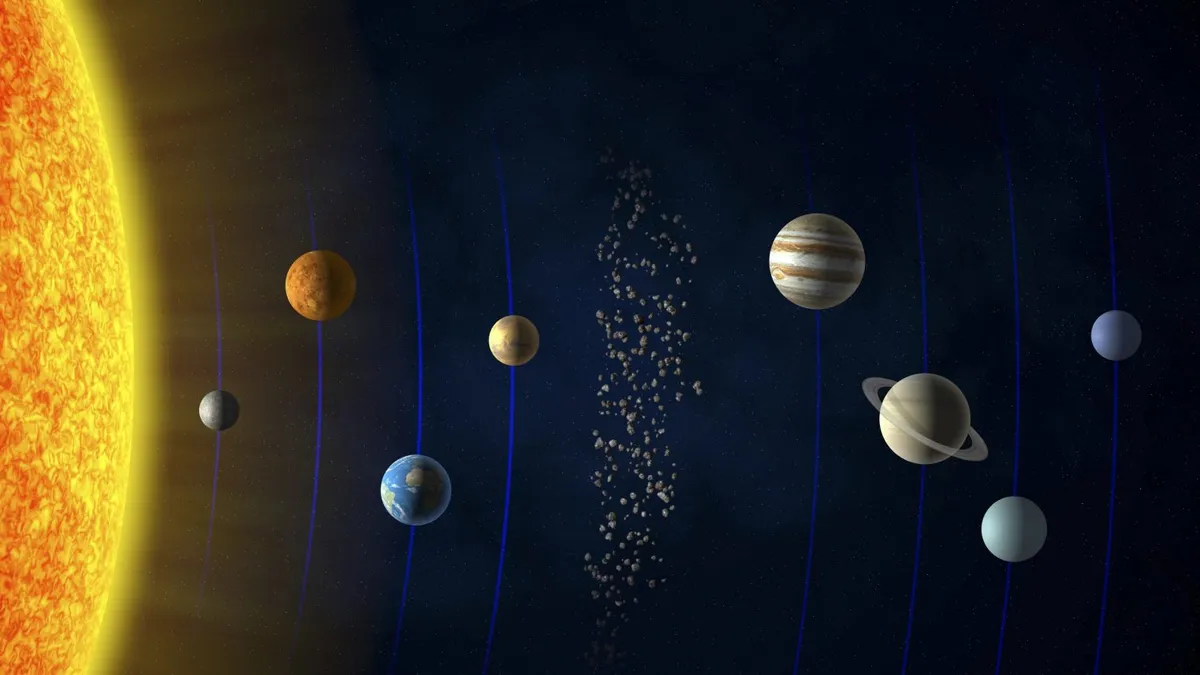Whether in a doomsday film or flying a spaceship in deep space, a character in a science fiction story will likely encounter the dangers of navigating through a densely packed asteroid field at some point.
Huge rocks tumbling towards you, leaving little room to manoeuvre, make them an extremely dangerous place to be.
Or so movie-makers would have us believe.

As C-3PO remarks in The Empire Strikes Back, "the possibility of successfully navigating an asteroid field is approximately 3,720 to 1."
But how realistic is this? Is an asteroid belt really a region of tightly-packed, floating boulders ready to crush your spaceship into a pancake?

How dangerous is the asteroid belt?
In reality, the distance between individual asteroids is huge.
The main asteroid belt found in our Solar System lies between the orbits of Mars and Jupiter.
And the average distance between individual asteroids is just under 1 million kilometres (621,370 miles).
That’s 24 times the circumference of Earth, so if Han Solo can’t navigate it, maybe he shouldn’t be flying.

The asteroid belt isn't dangerous – just ask NASA
A number of spacecraft have safely and successfully travelled through the asteroid belt.
On 15 July 1972, NASA's Pioneer 10 spacecraft entered the asteroid belt, and passed safely through it, exiting in February 1973 after journey of about 435 million km (271 million miles).
NASA says that at the time, scientists weren't certain Pioneer 10 would be able to make it through, since they didn't fully know the density of particles in the asteroid belt large enough to damage the spacecraft.
But, it made the journey safely, and Pioneer 10 became the first spacecraft to pass through the asteroid belt.

In total, 9 spacecraft have passed through the asteroid belt. They are: Pioneer 10, Pioneer 11, Voyager 1, Voyager 2, Ulysses, Galileo, Cassini, New Horizons and Juno.
The Lucy spacecraft, launched in 2021, completed a fly-by of the small main-belt asteroid Dinkinesh in 2023.
We’ve discovered what appear to be asteroid belts in other star systems and there are likely more to be found, though it’s highly unlikely that any of them are as tightly packed as shown in the movies.

If they were, the asteroids would be constantly colliding with one another, breaking up into pieces and eventually being ground down to dust.
So if you happen to be planning a mission to fly through the asteroid belt ay time soon, from what NASA has seen, it's certainly doable.
This article appeared in the February 2025 issue of BBC Sky at Night Magazine
